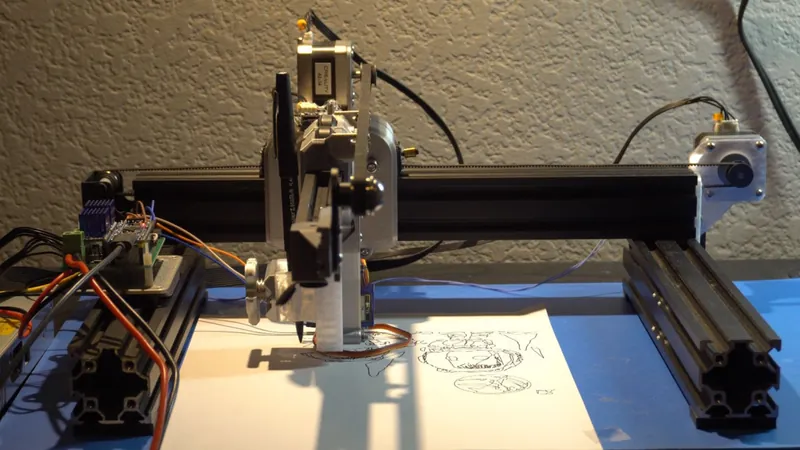
Revolutionary New Study: Can Automated Smoking Help Parents Kick the Habit?
2025-09-08
Author: Nur
Game-Changing Findings from Pediatric Care!
A groundbreaking study from the Children's Hospital of Philadelphia and Mass General Brigham reveals a transformative method to help parents quit smoking through pediatric primary care. By implementing an automated smoking cessation intervention, researchers saw significant increases in treatment engagement and a decrease in cigarette consumption among smoking parents.
Why This Matters for Parents and Their Kids
The implications are staggering. Parents who quit smoking not only improve their own health but also help prevent adverse pregnancy outcomes, reduce their children's chances of becoming smokers, and cut down on childhood exposure to harmful tobacco smoke. Moreover, quitting can lead to a more financially stable environment and support children’s overall development.
The CEASE Intervention: Bridging the Gap
Capitalizing on the frequent visits parents make to pediatricians, the Clinical Effort Against Secondhand Smoke Exposure (CEASE) intervention was initially developed to tackle parental smoking. However, this vital approach struggled to gain traction within busy healthcare environments. To bridge this gap, the latest study sought to fully automate support for quitting smoking, utilizing electronic health records to streamline screening and treatment connections for parents.
The Trial: 817 Parents, Real Results!
In a cluster-randomized clinical trial involving 817 parents in 12 pediatric practices in Philadelphia, researchers harnessed the power of technology. Parents completed surveys about their smoking habits before their children’s check-ups. Those in the intervention group received automated access to nicotine replacement therapies, quitline services, and a handy text messaging support program called SmokefreeTXT.
Dramatic statistics emerged: 48.2% of participants in the intervention group utilized nicotine replacement therapy versus just 16% in the control group. Additionally, a whopping 22.8% engaged with the quitline or SmokefreeTXT, compared to a mere 2.2% in the control group. Over 80% of the intervention group attempted to quit in the last three months, contrasting sharply with just over 70% in the control cohort.
Room for Improvement: The Road Ahead
Despite these positive trends, the 7-day verified abstinence rate was modest, showing only 8.3% success in the intervention group vs. 6.4% in controls. Dr. Alexander Fiks, a lead author of the study, expressed optimism for future enhancements: "These promising results suggest greater strategies could boost quitting rates even further."
A Call to Action for Health Systems
Health experts, including co-author Dr. Jonathan P. Winickoff, noted the potential for health systems nationwide to incorporate similar automated tools, further improving outcomes with additional FDA-approved medications. This revolutionary approach presents a timely opportunity to tackle the pervasive issue of parental smoking. Parents, it’s time for a healthier future for you and your children!





 Brasil (PT)
Brasil (PT)
 Canada (EN)
Canada (EN)
 Chile (ES)
Chile (ES)
 Česko (CS)
Česko (CS)
 대한민국 (KO)
대한민국 (KO)
 España (ES)
España (ES)
 France (FR)
France (FR)
 Hong Kong (EN)
Hong Kong (EN)
 Italia (IT)
Italia (IT)
 日本 (JA)
日本 (JA)
 Magyarország (HU)
Magyarország (HU)
 Norge (NO)
Norge (NO)
 Polska (PL)
Polska (PL)
 Schweiz (DE)
Schweiz (DE)
 Singapore (EN)
Singapore (EN)
 Sverige (SV)
Sverige (SV)
 Suomi (FI)
Suomi (FI)
 Türkiye (TR)
Türkiye (TR)
 الإمارات العربية المتحدة (AR)
الإمارات العربية المتحدة (AR)